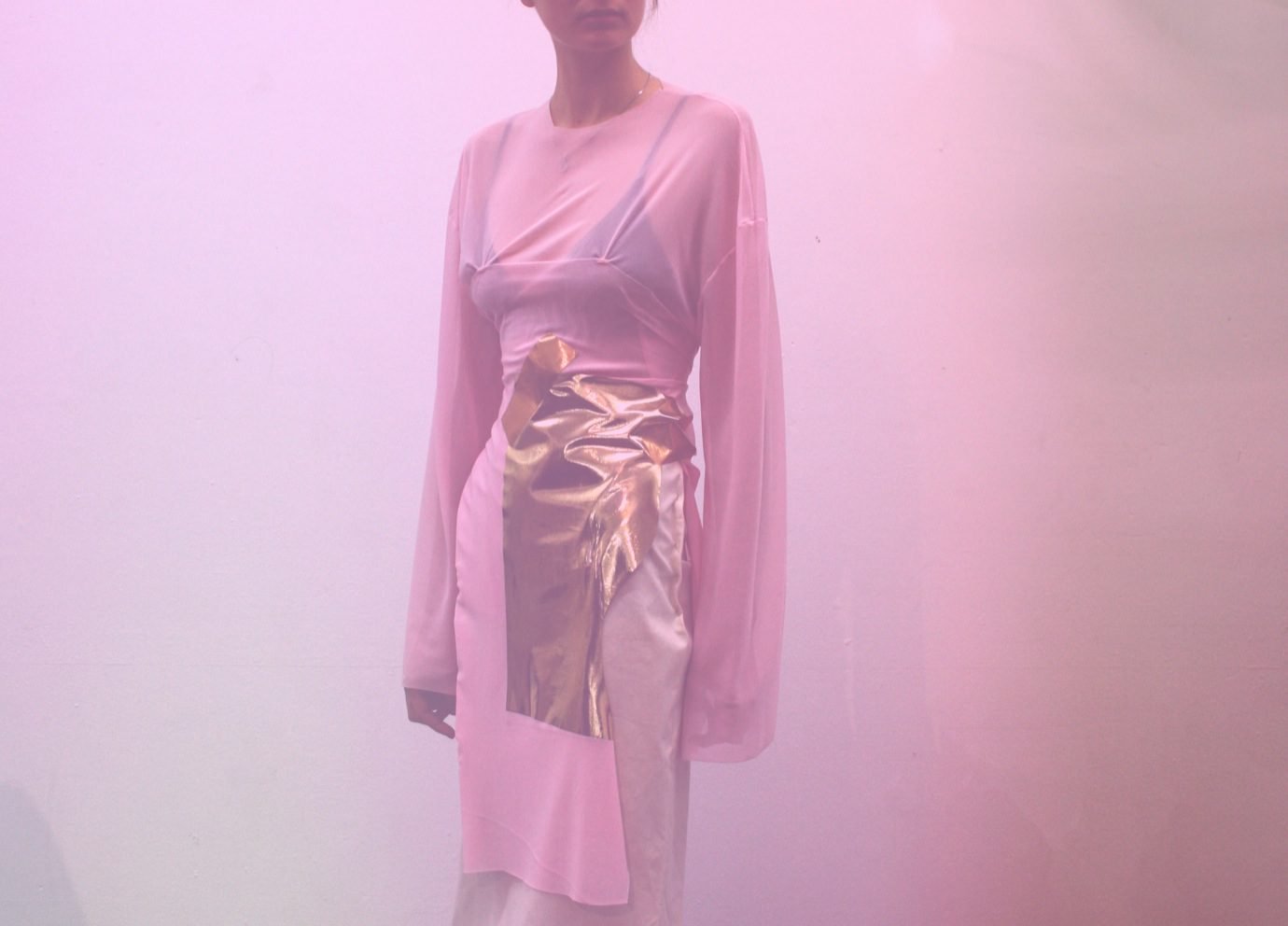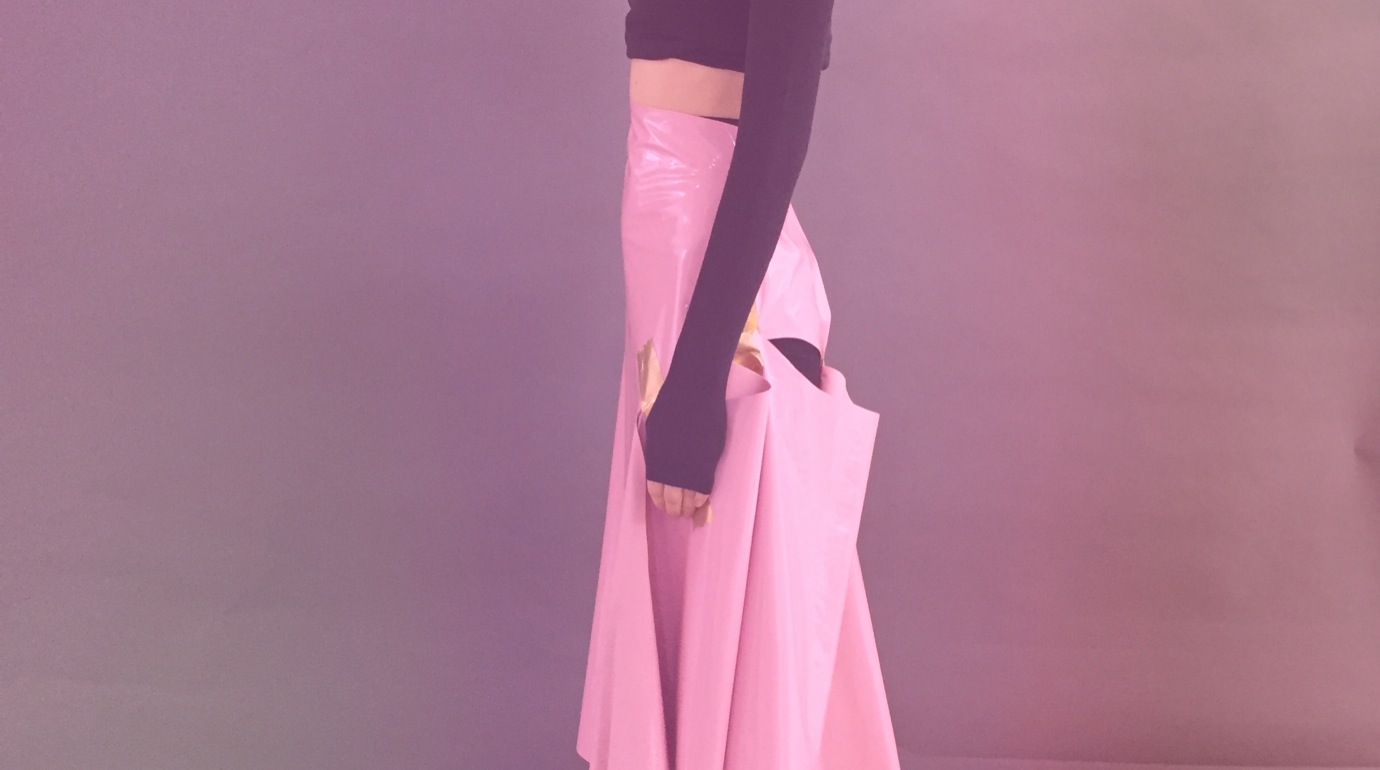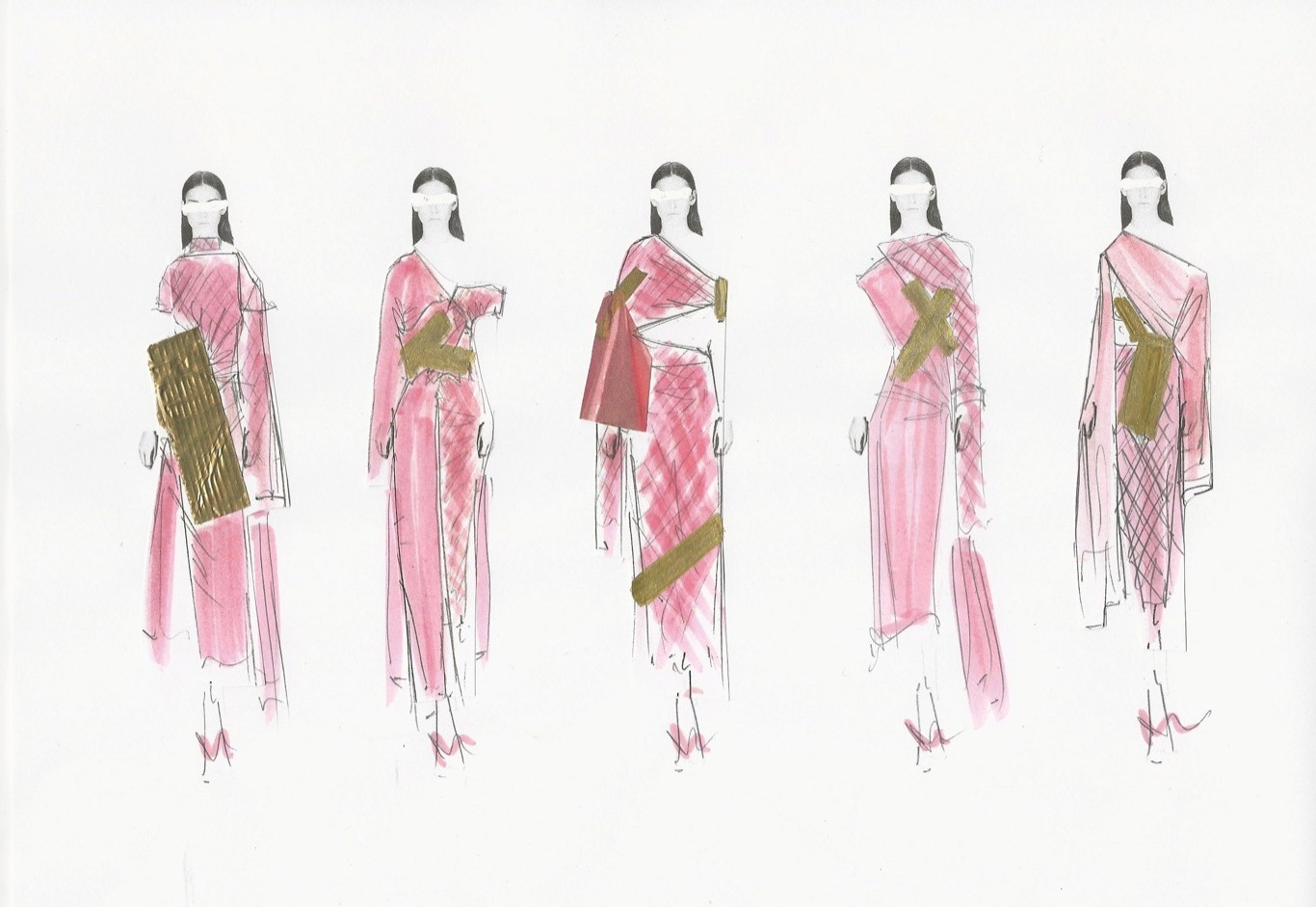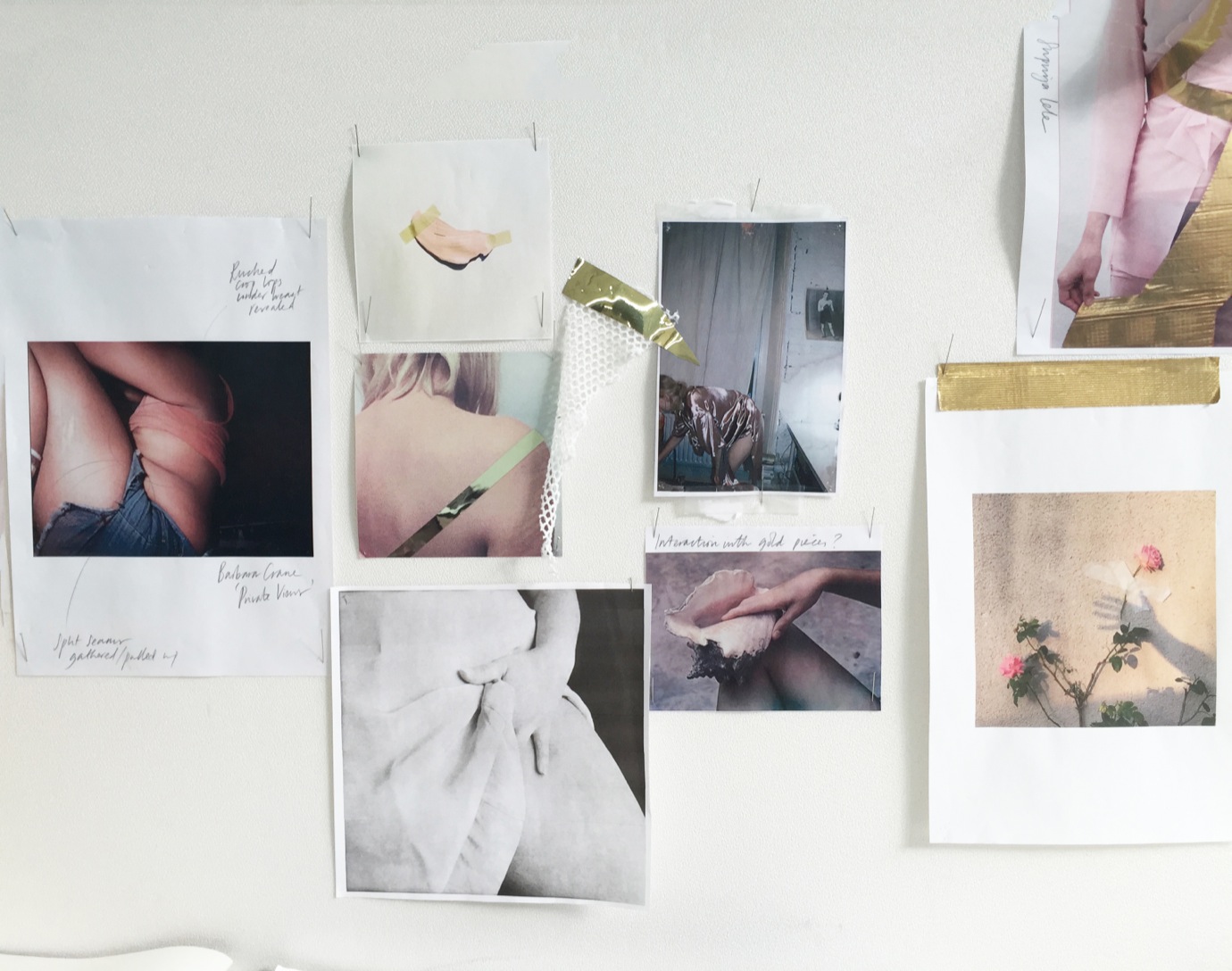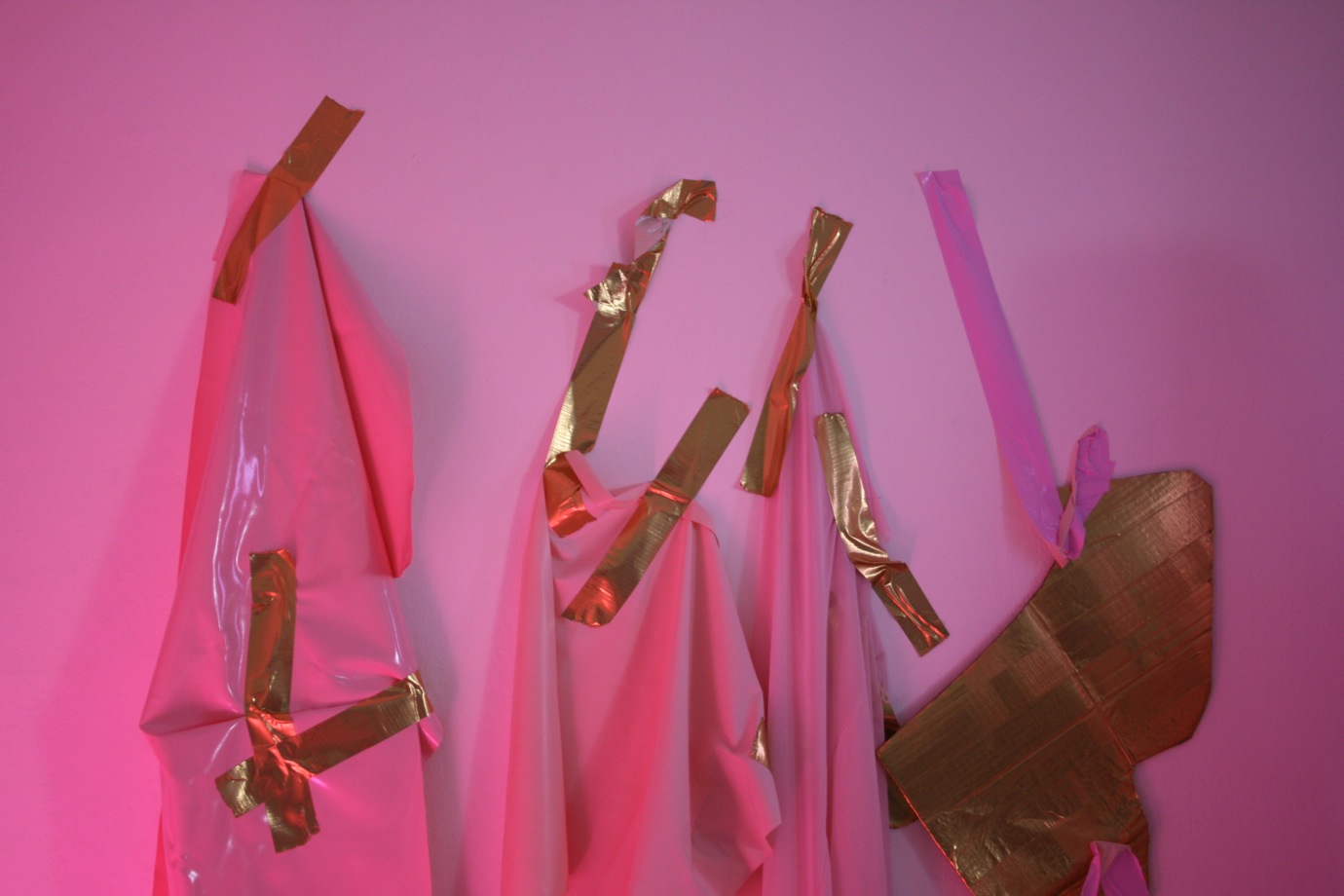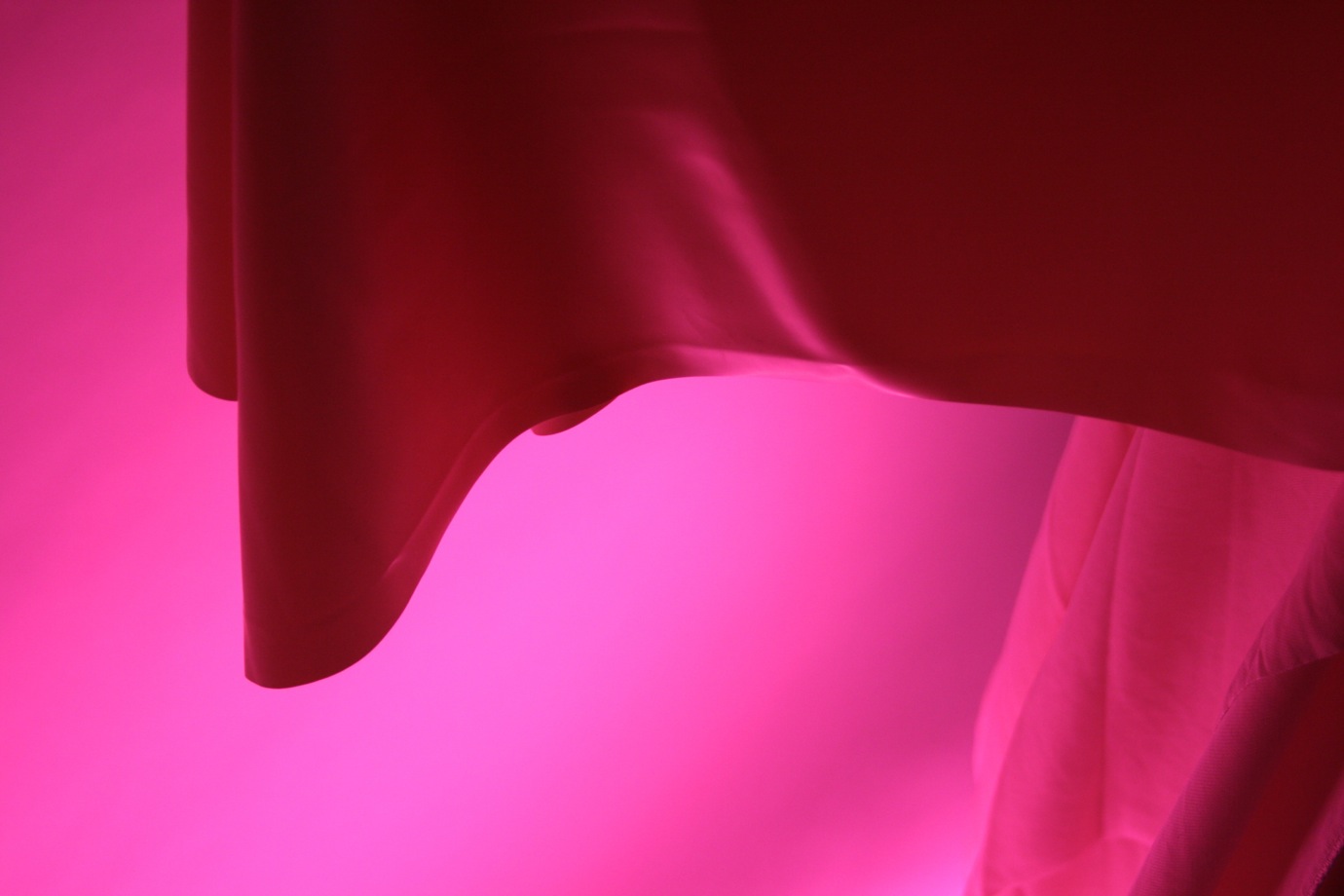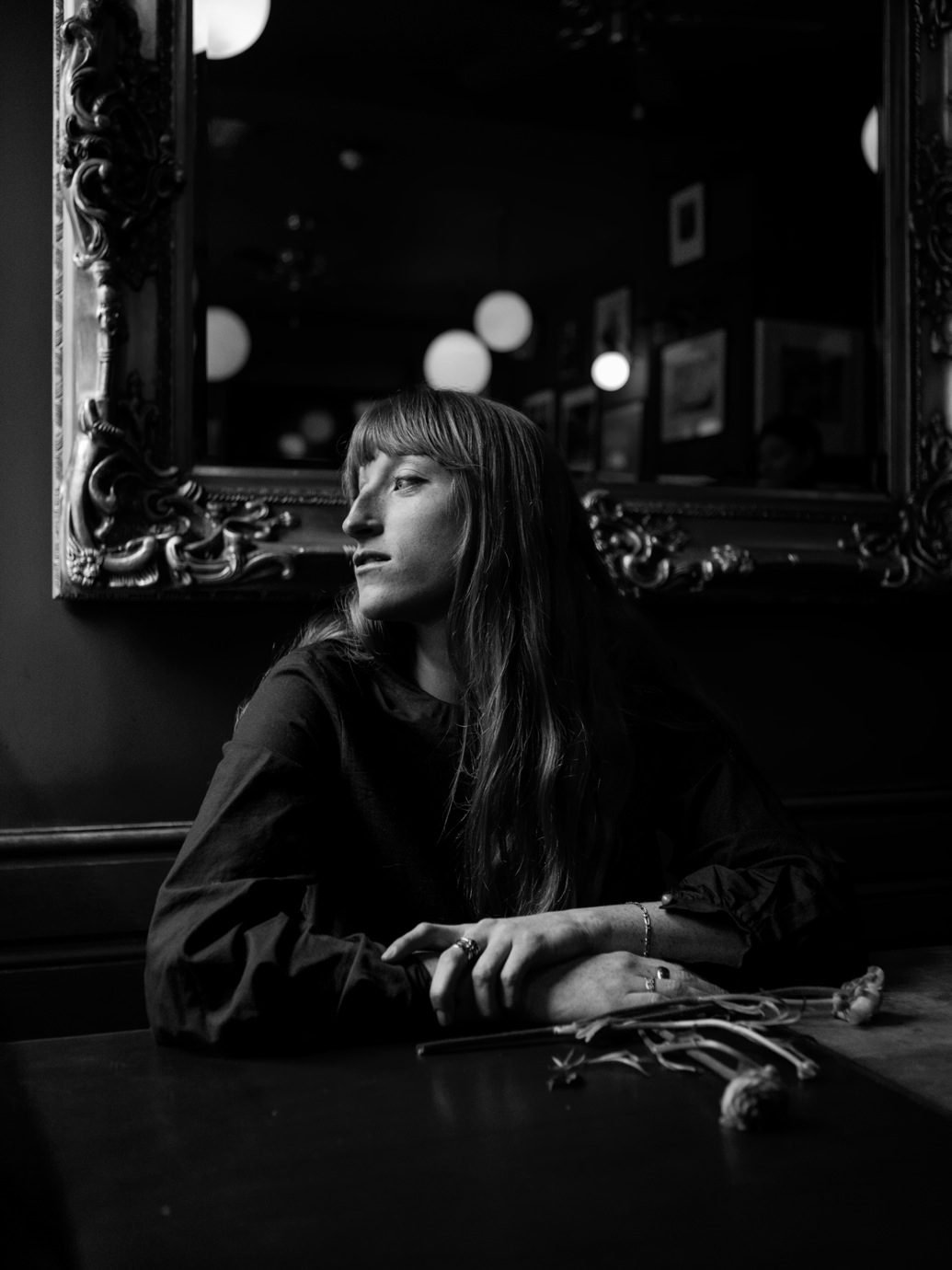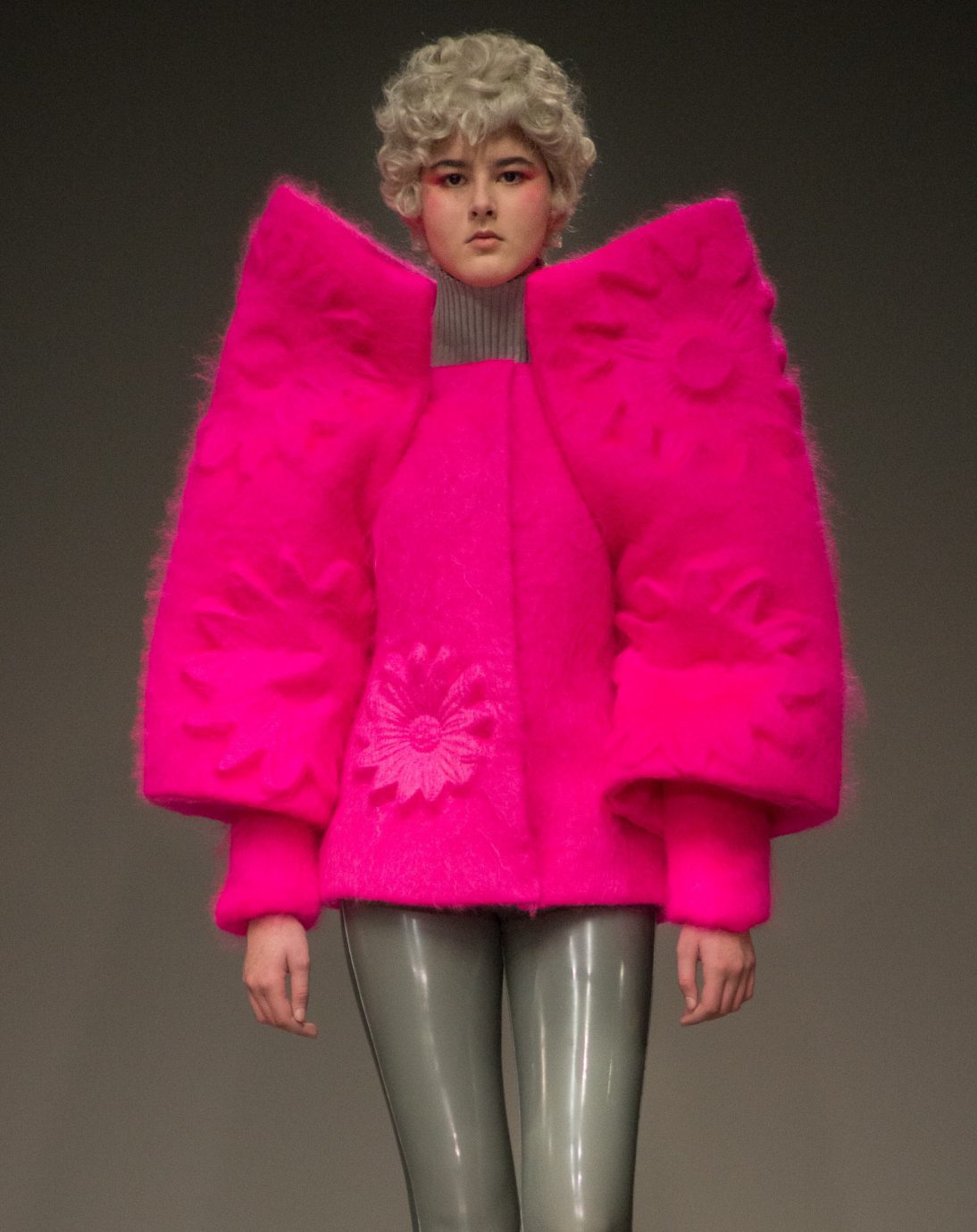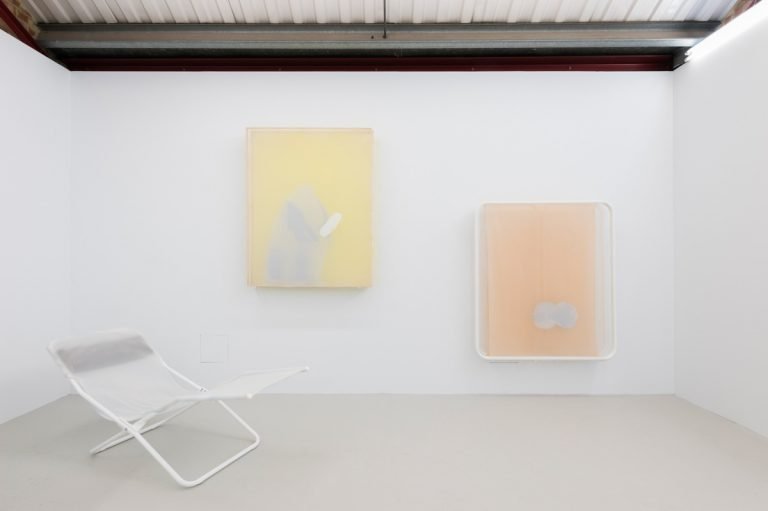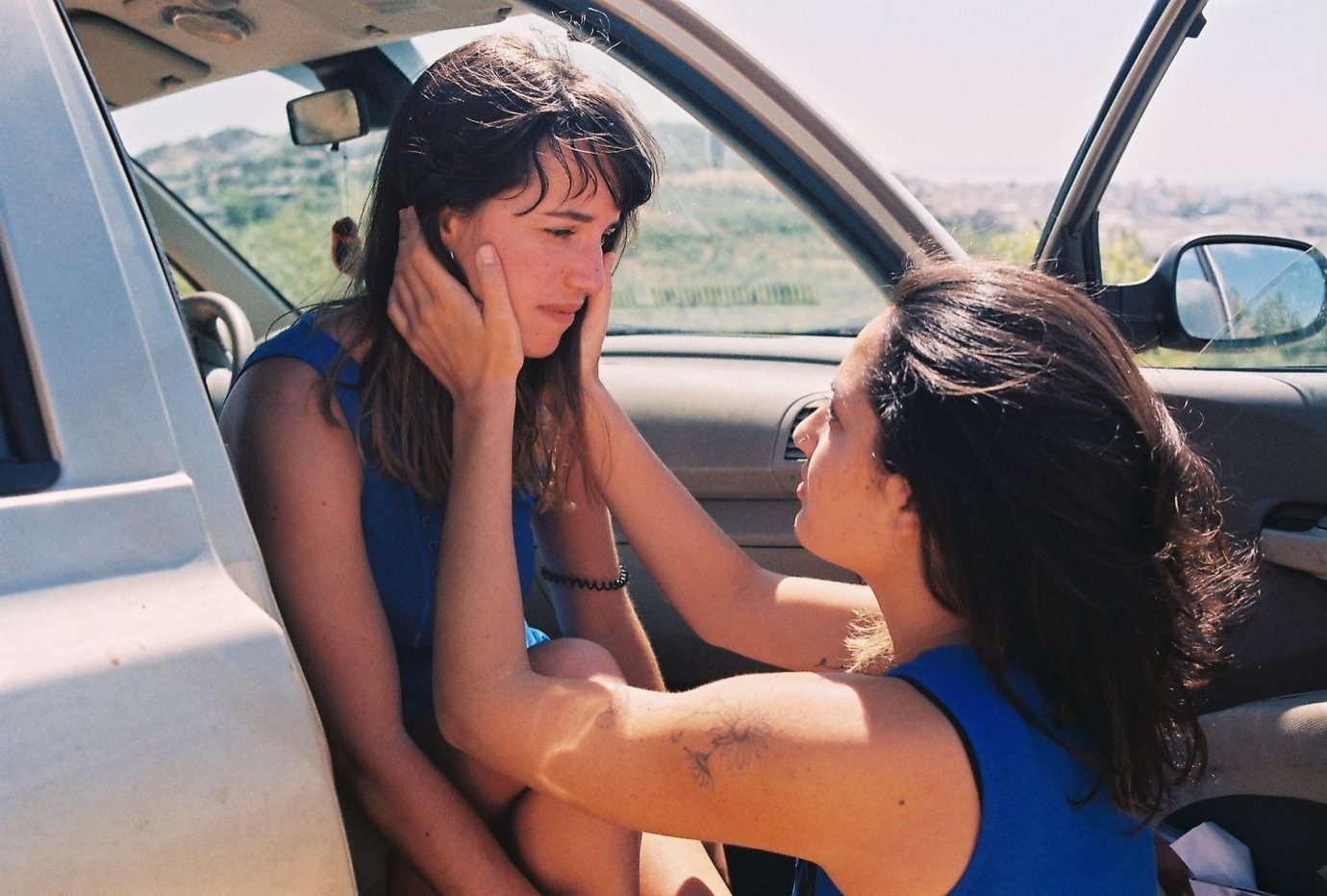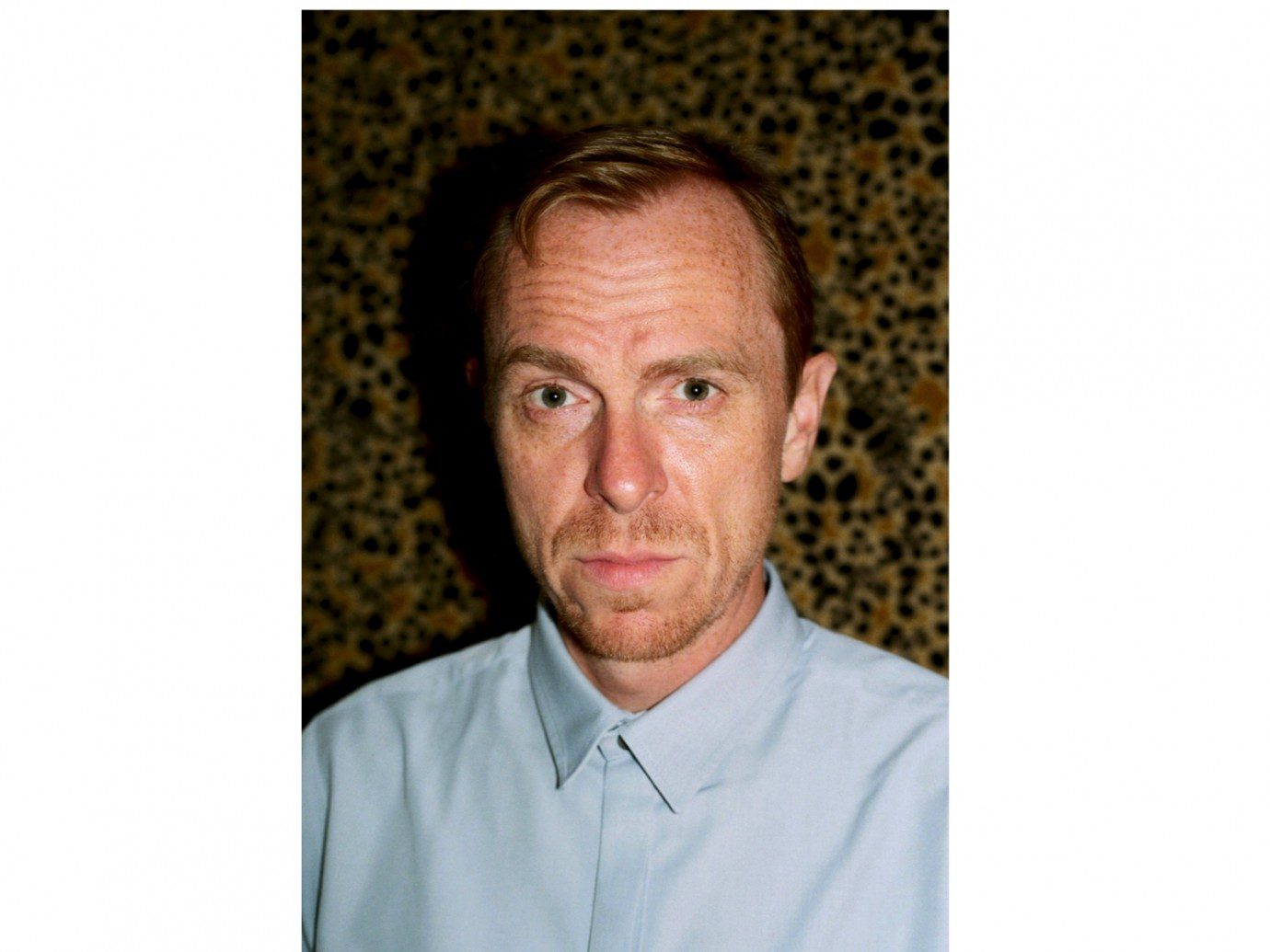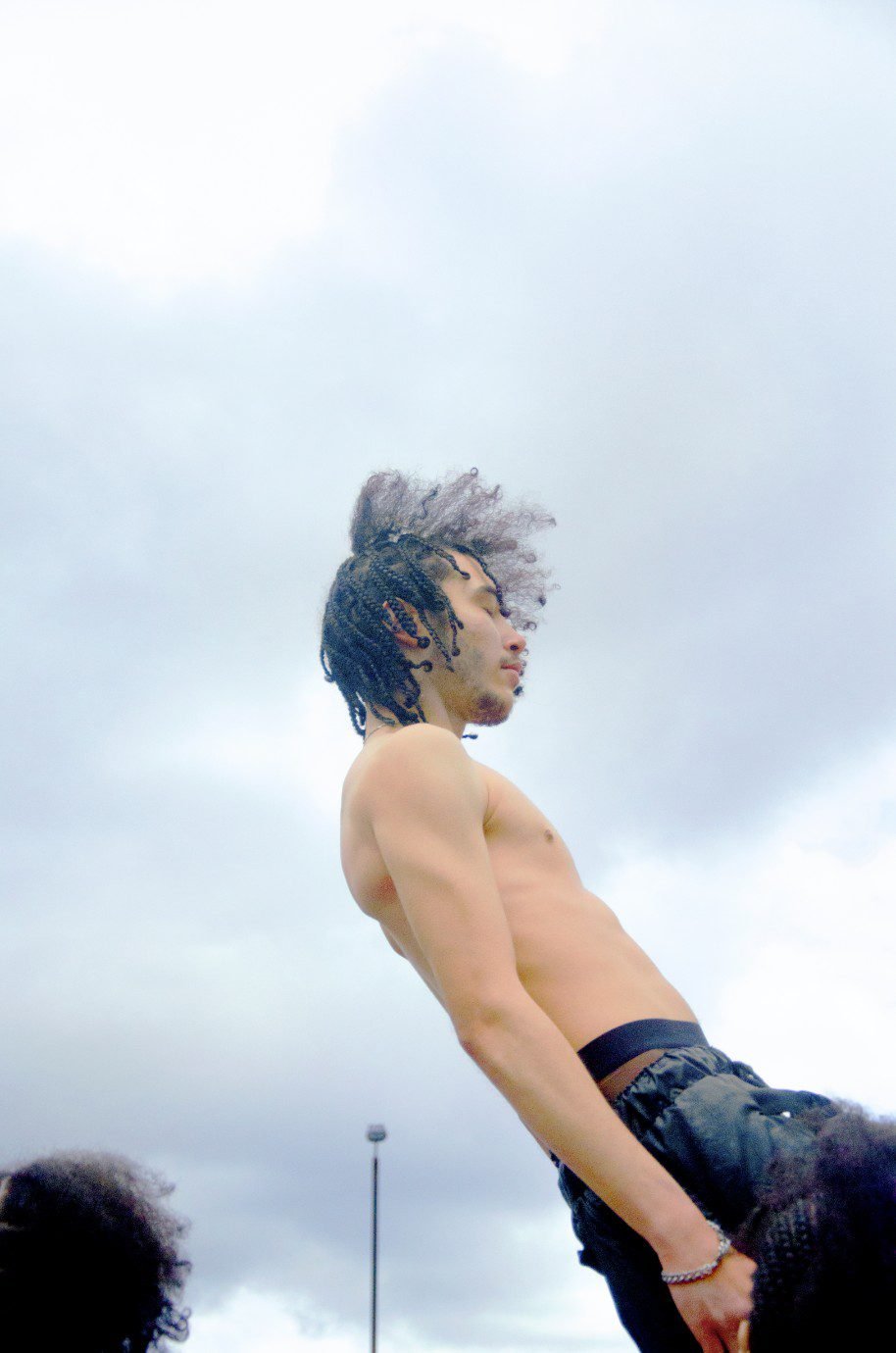Supriya’s collection An Intimate Distance, which will showcase at the RCA MA show in just a few months time, is an exploration of the female form wherein established notions of femininity are subverted and challenged through an unconventional use of ‘tacky’ materials, rendered luxurious. The intention: to liberate and empower the wearer who looks good for herself, drawing upon Supriya’s interpretation of femininity in 2016, “for women to feel good about their bodies, and not give a shit about what other people think.”
Like many creatives, Supriya reflects that her work is an extension of herself and consequently the design process becomes personal. With this in mind, she began the year by thinking about her own heritage and the interplay between Indian and British cultural identities. The female to female connections between the rituals of dressing and wrapping the body, can be considered as the origin of her interest in the feminine form and how women hold themselves. The significance of gold throughout, quickly becomes apparent when Supriya shows me a photograph of her mother on her wedding day. She recalls explaining to her tutors that “as a child I felt so overwhelmed by all the gold that appears in Indian dress — from jewellery to embellishment. I completely avoided dressing that way.” Just as her work subverts tradition, Supriya’s venture into the world of fashion came from a place of “wanting to do something entirely different from my parents,” as she comes from an almost entirely medical family. “Pretty much everyone is a doctor,” and though both her parents had a strong sense of style and placed importance on fashion, she grinningly states that “my entire career has been born out of a rebellious streak!”

